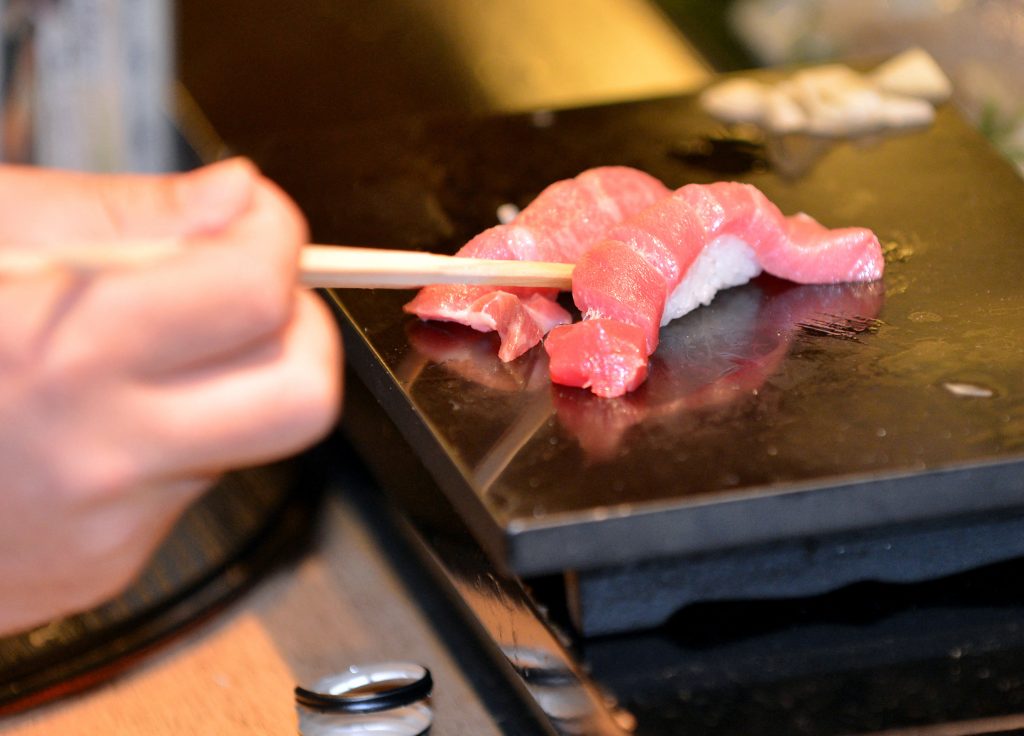
- ARAB NEWS
- 31 Jul 2025

Producers of “waribashi” disposable wooden chopsticks in Nara Prefecture, western Japan, are struggling with falling demand amid the fallout of the COVID-19 pandemic.
In the prefecture’s Yoshino area, production of waribashi chopsticks is believed to have started in the late 19th century as a way to utilize wood waste generated when making sake barrels, according to a producers’ association.
Waribashi chopsticks from Yoshino are in demand from high-end restaurants and hotels as they are made of high-quality cedar and cypress wood and smell good.
But the pandemic forced restaurants to shut or scale back operations, weighing on waribashi demand. The volume of waribashi shipments from three producers’ associations in Yoshino fell by some 40 percent to 91.27 million pairs in 2020 from the previous year.
“I’ve slowed down the pace of my waribashi production to half the usual level,” a 48-year-old producer said. Nearly half of his client wholesalers have stopped placing orders.
“There is no way to sell waribashi at a time when restaurants are being asked not to allow in customers,” said Hiroji Uchihara, 62, who runs a long-established wholesaler.
In an effort to revive demand, a group of wholesalers that is headed by Uchihara has created a video depicting the process of how waribashi is made from wood waste, distributed to restaurants and used by customers.
The wholesalers’ group aims to use the video, posted on YouTube in February, to tout the high quality of Yoshino-made waribashi.
The Yoshino producers’ association is providing its products for use at school meals in an effort to help deepen public understanding of the local products.
Waribashi is widely recognized as a disposable item, but the producers’ association aims to highlight it as an environmentally sustainable product made of wood waste.
“Yoshino waribashi is part of Japanese food culture,” said Masatoshi Uegaki, 84, who heads the producers’ association. “We want people to know that this is an industry using resources effectively.”
JIJI Press